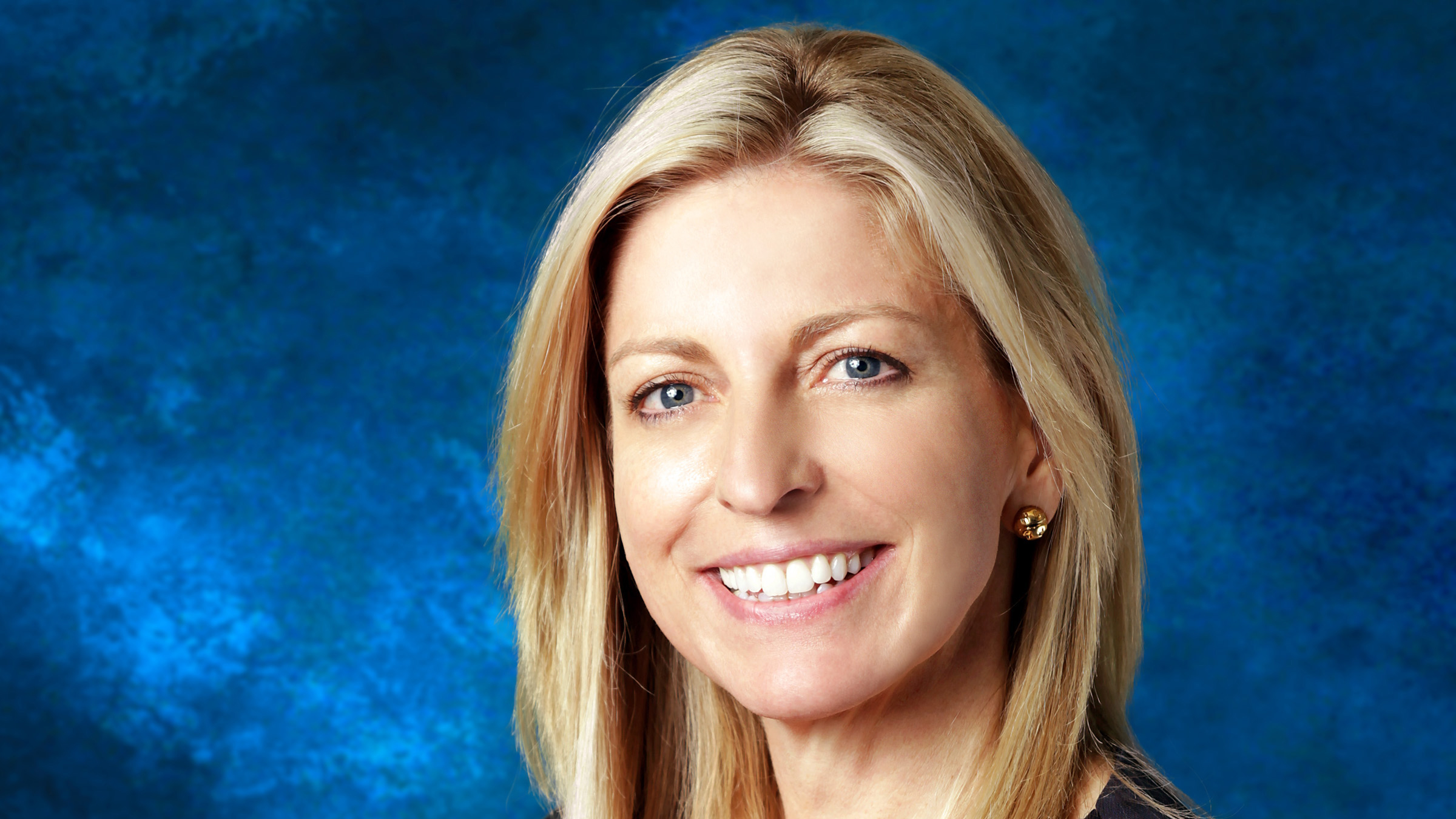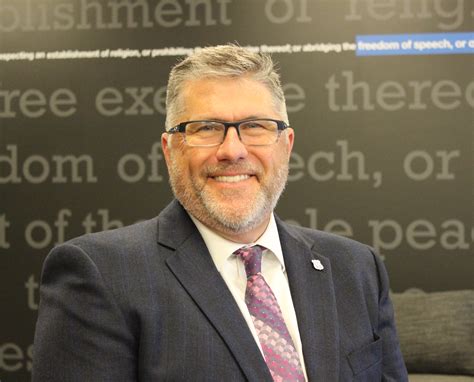'Motown 3.0' Detroit Trial Adding Telematics, Fleets With 'Ultra-Affordable' Transmissions

Six months into its pilot project, Pearl TV’s “Motown 3.0 Open Test Track” in Detroit — which involves the city’s five major broadcast channels — has begun transmitting in-vehicle entertainment as well as software programming data updates and is adding services for rental cars, car-sharing fleets, school bus operators and long-haul trucks, including autonomous vehicles. At the same time, it is still recruiting non-U.S.-based manufacturers to participate in the field trials, according to Anne Schelle, managing director of Pearl TV, the consortium of nine broadcast groups which is promoting uses for ATSC 3.0 technology, also called NextGen TV.
Schelle said that Pearl TV expects “to have a bigger update by summer.” Afterwards, the automakers — “Each one has different use cases” — will determine original equipment and aftermarket opportunities,” she added.
All of the 3.0 signals are carried on subchannels of WMYD-TV: digital channel 31, virtual channel 20, part of E.W. Scripps Co.’s Detroit duopoly.
“We share spectrum on the WYMD stick as part of a joint agreement,” said Kerry Oslund, VP, strategy and business development at Scripps, whose mantra for the 3.0 project is to “Focus on the highest and best uses of spectrum, regardless of the standard.”
The stations have agreed “to carve out part of our 3.0 spectrum for exclusive use by the auto industry and its vendors in the hope of introducing them to the affordability and efficiency of the spectrum, Oslund said.
“Let us give you a lot cheaper data, and let us fill your car with entertainment and news,” he told prospective automotive participants.
The smarter way to stay on top of broadcasting and cable industry. Sign up below
The broadcasters’ role is to provide physical layer pipes (PLP) to carry data along with simultaneous audio/video signals. Oslund said that the stations can “adjust more robustly for mobile reception.”
“We’ve carved out a portion of 25 Mpbs to be reserved for automotive uses,” he explained, making the cost very low. “All we had to do is create a separate PLP for the auto industry.”
Pearl chose Detroit for the automotive trials because of the presence there of U.S. legacy carmakers plus the vendors who supply them. In addition, Schelle said, “We’re talking to Honda, Hyundai, Daimler… and the connected car teams in [the] Bay Area.” European carmakers are looking at file transfer capabilities as well as infotainment, she added.
The Motown 3.0 project involves five Detroit broadcast stations and is intended to “show automakers what’s possible with ATSC 3.0 [and to] merge automotive applications with NextGen TV,” Schelle said. It builds on “some early testing with Sony in Phoenix,” she added, referring to the Phoenix Model Market, where the Pearl Group established a test site in 2017, which was expanded in 2020.
The Detroit test has begun offering file delivery for infotainment and is “working with automakers to determine hand-shake files.” In addition to Sony, which has developed a semiconductor, technology participants include LG Electronics and Triveni. The backpath for interactivity is via WiFi or a wireless carrier.
“We’ll use whatever channel is in the car,” Schelle said.
| Channel | Programming/Network | Owner |
|---|---|---|
| WJBK | ATSC 3.0 simulcast Fox | FOX Television Stations |
| WDIV-HD | ATSC 3.0 simulcast NBC | Graham Media Holdings |
| WXYZ-HD | ATSC 3.0 simulcast ABC | E.W. Scripps Co. |
| WMYD-HD | Main WMYD programming MyNetworkTV | E.W. Scripps Co. |
| WWJ-HD | ATSC 3.0 simulcast CBS | CBS Television Stations |
*Source: B&C compilation of industry data
These technical trials are intended to explore “developmental implementation,” Schelle said. “Then the automakers will determine how to use it.” Pearl TV wants to find the carmakers’ requirements, including security, she added.
Avis, the rental car firm, and its subsidiary Zipcar, the car-sharing service, are among the automotive firms in the trial. Pearl TV is also working with trucking companies to develop a reference design for truck fleets.
Oslund said the Motown 3.0 test has no time frame, and confirms Schelle’s assessment that the automotive companies “are super sensitive and secretive” about their plans because they “are so competitive.” He added that advertisers, chip-makers and TV set-makers who want to get into the automotive space have expressed interest in joining the project.
“As part of our invitation, we promised confidentiality,” Oslund said. “They don’t have to share what they learn. Pearl manages the Test Track, and we help with the technology and spectrum.”
Scripps is running 3.0 transmissions in seven of its markets now and expects to add two more this summer and another dozen by 2022, Oslund said. Scripps owns or operates 62 TV stations in forty-three markets.
Also Read: Cable Clams Up on Its Next-Gen TV Recalcitrance
“We consider spectrum a shared company resource,” he said, foreseeing a role with the automotive industry that wants nationwide access. “Clients will do what they want with the bandwidth.”
“Ultra-Affordable” Data for “Rolling Computers”

He cited the need of autonomous tractor-trailer rigs as a “new kind of fleet ... with the demand for a great amount of data, a ton of [which] is one-way.”
“We’ve talked to a very interesting autonomous trucking company, big school bus lease operators and rental car fleets,” Oslund said. “The bottom line in all these opportunities is that they’re looking for services that are as reliable as mobile data carriers and ultra-affordable. That’s the secret sauce of broadcasting.”
Affirming the new automotive characterization of vehicles as “rolling computers,” Oslund said that the automotive industry sees data as a triple play opportunity: backseat entertainment, audio services plus data for car operations as well as digital access for drivers and passengers.
“Let us give you a lot cheaper data, and let us fill your car with entertainment and news,” he said.
Neither Pearl nor Scripps is willing to spell out the pricing plans, but Oslund explained that, “We have modeled revenue.” He believes that if broadcasters start with the sums the auto industry now pays for mobile data services, they can “discount that drastically” because of broadcast’s ability to transmit in a “one-to-infinity environment.”
Also Read: Locast Expands to Detroit
“We look at the amount of bits an auto company will need based on [the] number of files and frequency of the files, so that we have an understanding of what they need for current data delivery,” he explained. “Then we model how the market will grow in the coming year. We’re creating something that is going to be huge.”
Pearl TV’s Schelle agreed. “They’re all interested, they’re all looking at this new standard,” Schelle said.
“Our goal is to drive the automotive marketplace,” she added.
Competition from Wireless Carriers
But broadcasters’ NextGen TV venture is not alone in that goal. It is already facing accelerated competition from wireless telecom carriers, who are also speeding up their relationships with automakers.
Ford Motor Co. said in late May that it would use AT&T’s network for its new “Power-Up” software update program for F-150 trucks and Mustang Mach-E vehicles. Initially, the Ford system will use AT&T’s 4G LTE technology, but the automaker indicated that the plan is to expand the capability via AT&T’s new 5G network to reach millions of Ford vehicles. Ford said it expects to produce 33 million vehicles with Power-Up capability by 2028.
Ford is also working with Amazon to develop embedded Alexa voice command functionality into a hands-free vehicle experience. Ford expects that 700,000 of its cars and trucks will be enabled with Alexa voice command functionality this year, with “millions more” in coming years.
A week after the Ford deal was announced, AT&T signed an agreement with Honda Motor Co. (including its Acura luxury division) to provide more in-vehicle entertainment options for passengers through the (for now) AT&T-owned WarnerMedia RIDE app. Honda and Acura vehicle owners who subscribe to AT&T's unlimited in-car Wi-Fi plan can get the service for free; the app lets passengers browse, stream and share premium content including HBO Max, Cartoon Network, CNN, TBS and TNT plus shows from the WarnerMedia library. AT&T’s unlimited in-car WiFi plan (starting at $2O per month) enables a vehicle to become a mobile hotspot and allows passengers to connect up to 10 devices.
Contributor Gary Arlen is known for his insights into the convergence of media, telecom, content and technology. Gary was founder/editor/publisher of Interactivity Report, TeleServices Report and other influential newsletters; he was the longtime “curmudgeon” columnist for Multichannel News as well as a regular contributor to AdMap, Washington Technology and Telecommunications Reports. He writes regularly about trends and media/marketing for the Consumer Technology Association's i3 magazine plus several blogs. Gary has taught media-focused courses on the adjunct faculties at George Mason University and American University and has guest-lectured at MIT, Harvard, UCLA, University of Southern California and Northwestern University and at countless media, marketing and technology industry events. As President of Arlen Communications LLC, he has provided analyses about the development of applications and services for entertainment, marketing and e-commerce.

